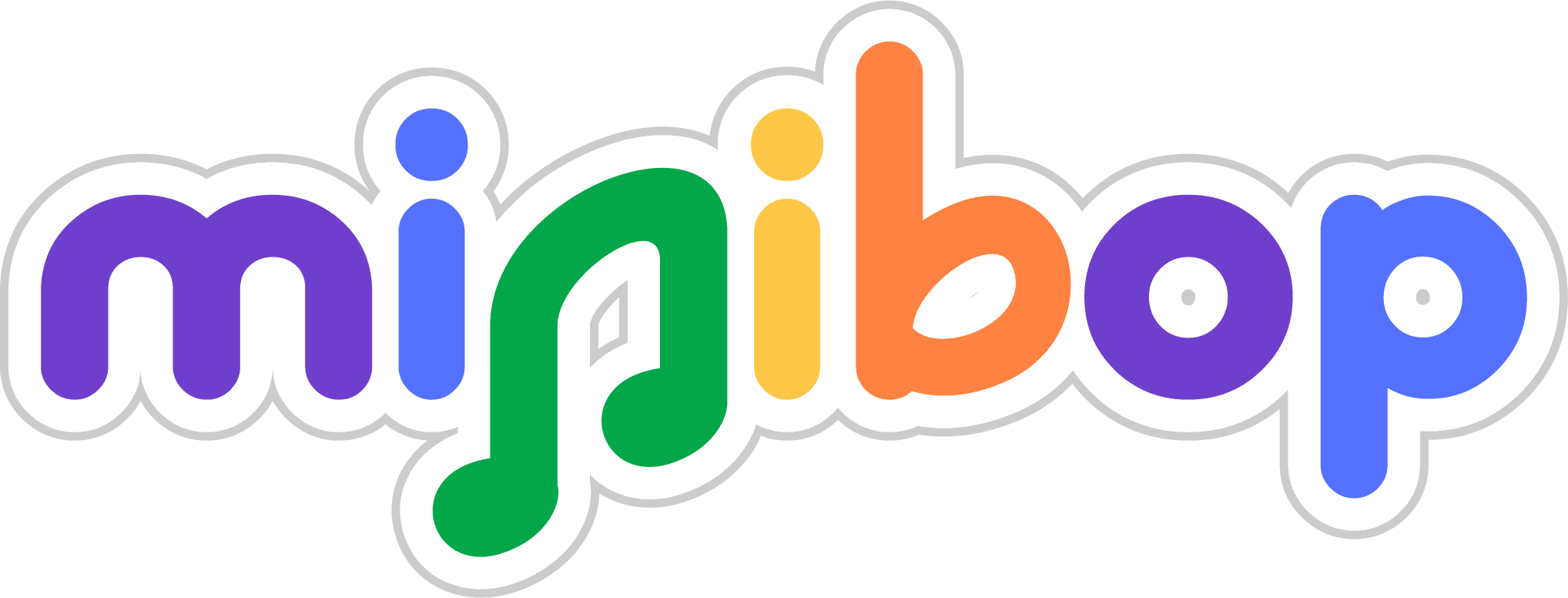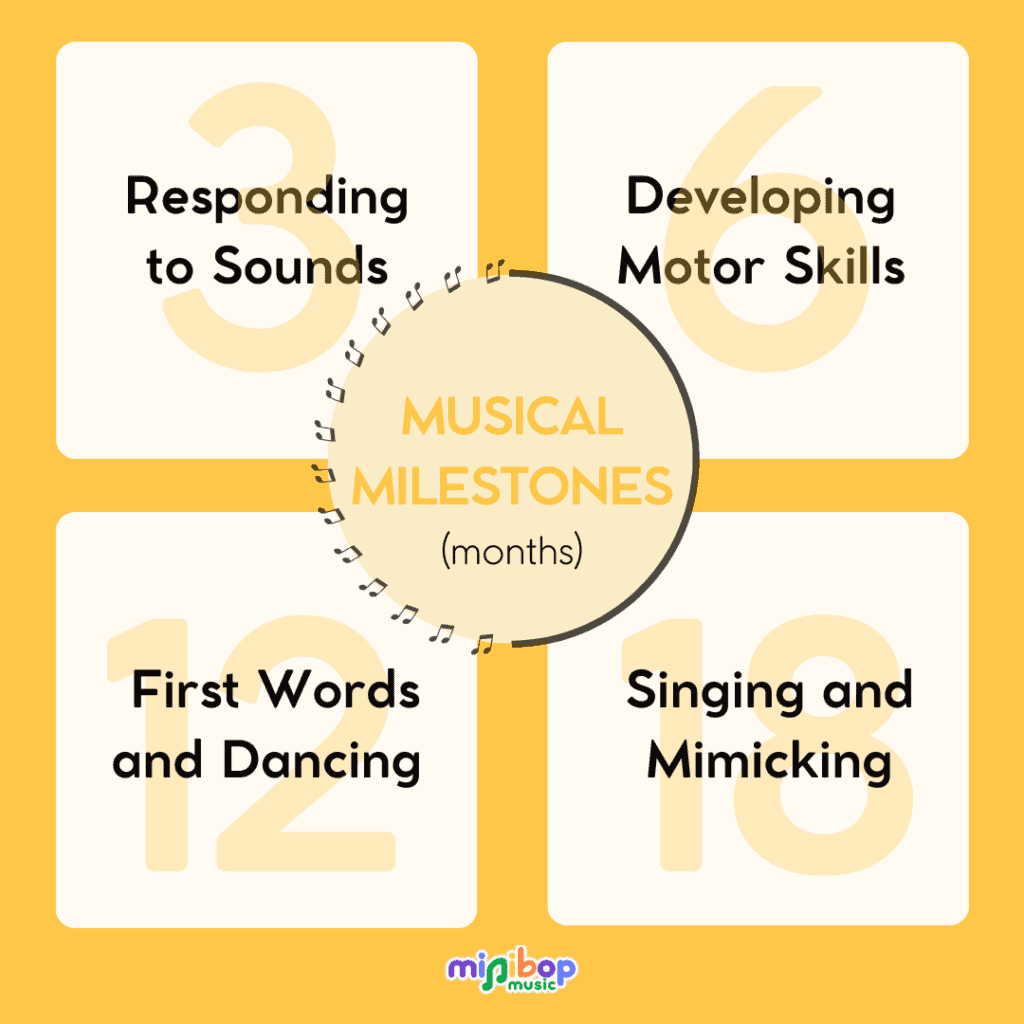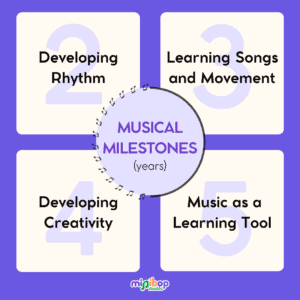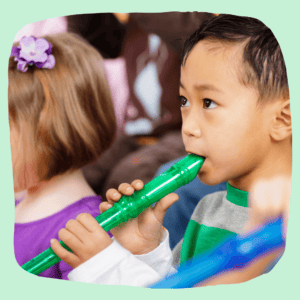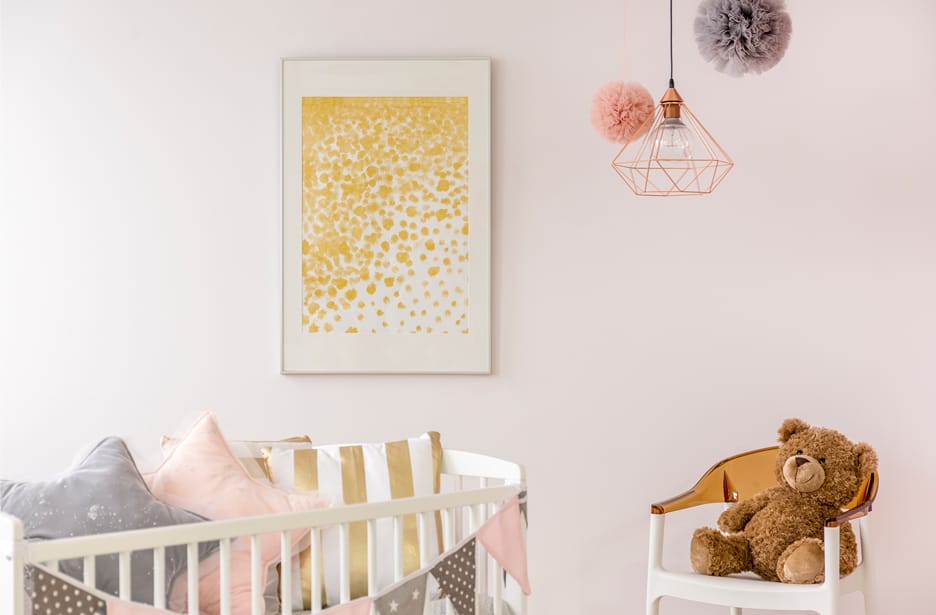From Babbling to Beethoven: A Parent’s Guide to Musical Milestones
As a parent, you want to give your child every opportunity to grow and develop. One way to do this is through music. Music has been shown to have a positive impact on a child’s development, including their cognitive, emotional, and social skills. But how do you know if your child is meeting their musical milestones?
In this comprehensive guide, we’ll cover everything you need to know about tracking your child’s musical milestones. We’ll start by breaking down the different age milestones, from 3 months to school age and beyond, and what to expect at each stage. Then, we’ll give you tips and tools to help you monitor your child’s progress and support their musical development.
3 Months: Responding to Sounds
At three months, your baby is starting to become more aware of the world around them. They may begin to turn their head towards sounds and respond to familiar voices. Music can be a great way to encourage this response. Play music with a strong beat or rhythm and see if your baby responds by moving their arms or legs.
6 Months: Developing Motor Skills
At six months, your baby is starting to develop their motor skills. They may be able to sit up with support and may start to reach for objects. Music can be a great way to encourage these movements. Play music with a fast tempo and encourage your baby to clap along or reach for objects in time with the beat.
12 Months: First Words and Dancing
At twelve months, your baby may be starting to say their first words and taking their first steps. They may also be able to dance to music. Encourage their language development by singing simple songs with them and encouraging them to repeat the words. Encourage their dancing by playing music with a strong beat and encouraging them to move their body in time with the music.
18 Months: Singing and Mimicking
At eighteen months, your child may be starting to sing simple songs and mimic words and sounds they hear. Encourage their language development by singing simple songs with them and encouraging them to repeat the words. Encourage their mimicry by playing music with a strong beat and encouraging them to clap or dance along.
2 Years: Developing Rhythm
At two years old, your child is starting to develop a sense of rhythm. They may be able to clap their hands in time with music or jump up and down to a beat. Encourage their rhythm development by playing music with a strong beat and encouraging them to move their body in time with the music.
3 Years: Learning Songs and Movement
At three years old, your child is starting to learn more complex songs and movements. They may be able to sing simple songs from memory and dance along to music. Encourage their song and movement development by playing music with a variety of tempos and encouraging them to learn new songs and dance moves.
4 Years: Developing Creativity
At four years old, your child is starting to develop their creativity. They may enjoy making up their own songs and dances. Encourage their creativity by providing them with instruments to play and encouraging them to make up their own songs and dance moves.
Entering School: Music as a Learning Tool
As your child enters school, music can be a great tool for learning. Studies have shown that children who learn music have improved memory, language, and reading skills. Encourage your child’s love of music by enrolling them in music lessons or encouraging them to join a school band or choir.
Tips for Tracking Your Child’s Musical Milestones
Now that you know what to expect at each stage of your child’s musical development, how can you track their progress? Here are some tips and tools to help you monitor your child’s musical milestones:
1. Keep a musical diary or photo and video album: Record your child’s musical activities and milestones and save them in a diary / journal or digitally. This will help you track their progress over time and identify areas where they may need additional support.
2. Use a musical milestone checklist: There are many checklists available online that can help you identify musical milestones and track your child’s progress. Use these checklists as a guide, but remember that every child develops at their own pace.
3. Attend music classes: classes for young children are a great way to expose your child to a variety of music and help them develop their musical skills. Look for classes that are specifically designed for babies or young children and incorporate singing, movement, and instrument play.
4. Provide musical instruments: Giving your child access to musical instruments can help them explore different sounds and develop their fine motor skills. Start with simple instruments like shakers or drums, and then gradually introduce more complex instruments as they grow older.
5. Sing and play music with your child: One of the best ways to support your child’s musical development is to sing and play music with them. Singing simple songs, clapping along to music, and dancing together can all help your child develop their rhythm, coordination, and language skills.
Different types of music to stimulate musical milestones and development.
When it comes to music and child development, not all types of music are created equal. Some types of music can be more beneficial for certain aspects of child development than others. Here are some of the types of music that have been found to be particularly effective in stimulating child development:
Classical Music
Classical music has been shown to enhance cognitive development, particularly in the areas of spatial-temporal reasoning, mathematical ability, and memory. This is often referred to as the “Mozart effect,” although the idea that listening to Mozart specifically can boost intelligence has been debunked. Nonetheless, there is evidence that listening to classical music can improve focus and concentration, which can be particularly helpful for children with ADHD.
Folk Music
Folk music from different cultures can expose children to diverse musical styles and rhythms, which can broaden their musical horizons and enhance their creativity. Folk music often features simple melodies and repetitive patterns, which can be easier for young children to follow and imitate. Folk music can also provide a sense of cultural heritage and identity, which can be important for children’s social and emotional development.
World Music
World music from different regions of the world can introduce children to new musical traditions and instruments. World music often features complex rhythms and polyphonic textures, which can challenge children’s listening skills and enhance their sense of musicality. World music can also promote cultural understanding and respect, which can be important for children’s social and emotional development.
Pop Music
Pop music can be a fun and engaging way for children to connect with their peers and explore their own musical preferences. Pop music often features catchy melodies and upbeat rhythms, which can be appealing to young children. Pop music can also provide opportunities for children to learn about contemporary issues and express their own feelings and opinions.
Children’s Music
Children’s music specifically designed for young children can provide a safe and nurturing environment for musical exploration and play. Children’s music often features simple melodies, catchy rhythms, and age-appropriate lyrics, which can help children develop language and literacy skills. Children’s music can also provide opportunities for children to learn about different musical genres and instruments.
Musical Milestones
In conclusion, tracking your child’s musical milestones can help you support their overall development and give them a lifelong love of music. By understanding what to expect at each stage of their development and using tools like musical checklists and diaries, you can monitor their progress and provide them with the support they need to reach their full potential. Remember to make music a fun and enjoyable part of your child’s life, and encourage them to explore different genres, instruments, and musical activities as they grow older.
